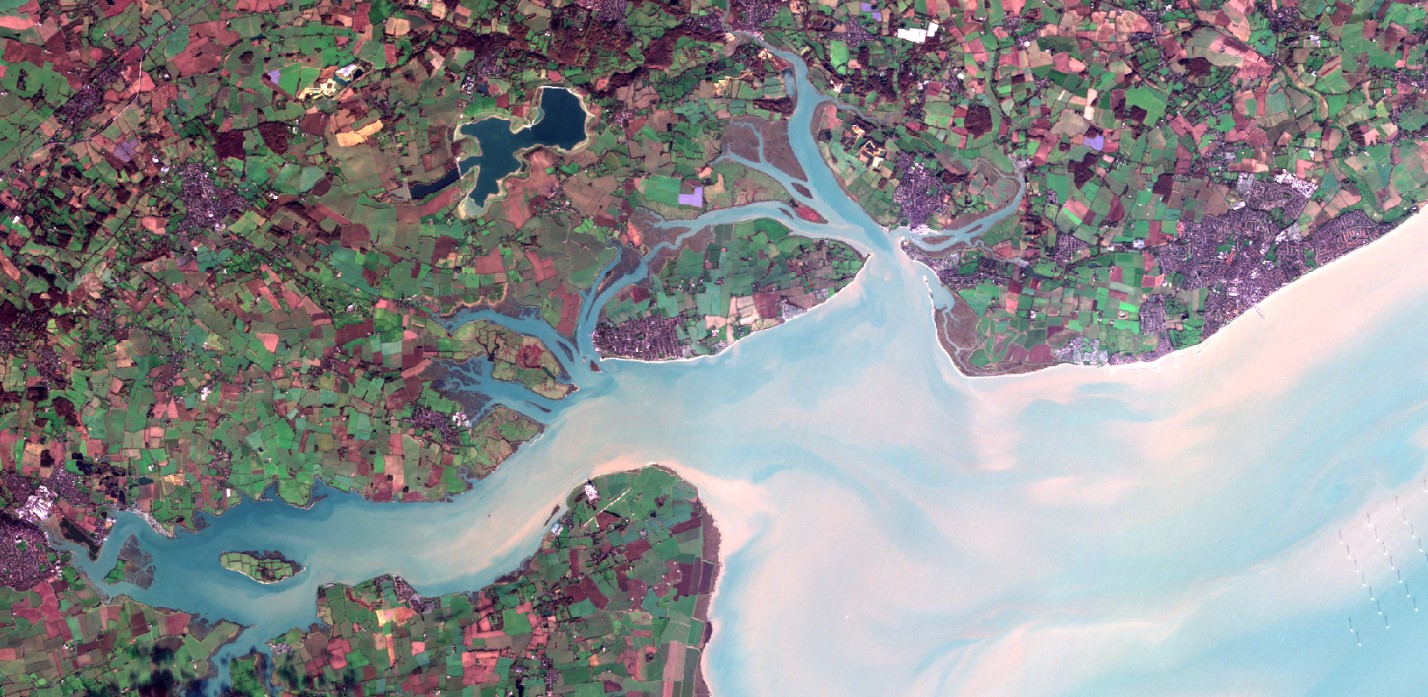AWS Public Sector Blog
Exploring the Possibilities of Earth Observation Data
Recently, we have been sharing stories of how customers like Zooniverse and organizations like Sinergise have used the Sentinel-2 data made available via Amazon Simple Storage Service (Amazon S3). From disaster relief to vegetation monitoring to property taxation, this data set allows for organizations to build tools and services with the data that improve citizen’s lives.
We recently connected with Andy Wells from Sterling Geo and looked back at ways the world has changed in the past decade and looked ahead at the possibilities using Earth Observation data.
The world has been using satellite imagery for over 20 years, but the average organization today is just starting to reap the benefits of remote sensing. But from start to finish they need to consider: Where do I get the data from? And what do I do with all of the data?
As a big data use case, it doesn’t get much bigger than this. The physical amount of data captured weekly, daily, and hourly is astronomical and the world keeps spinning. And since the world keeps spinning, it also keeps changing.
“To say there is a tsunami of data is an understatement. And the physical amount of data is only going to go up exponentially. Businesses can get swamped considering: Where do I buy? How do I buy? Why do I buy?” said Andy Wells, Managing Director of SterlingGeo. “But there is an enormous opportunity to evolve governments, educational institutes, and charities by translating that data into something they may need.”
Data is just data unless it is turned into information that can inform better decisions. Without the technology to help make sense of all the data, it never turns into useful information.
Moving from a static model to a dynamic model allows you to keep up with the influx of data coming from satellite imagery and Internet of Things (IoT) technologies. This is a giant leap forward and a big part of what Andy and his team are doing.
Looking at the ‘What Ifs’ – The Art of the Possible
What happens if you could put your analytics engine on the cloud? Instead of an organization investing money up front, running software locally, and training a person without ever seeing value, organizations can turn to the cloud. All of a sudden, you don’t have to invest in the software up front. You just have to run the compute process to turn raw data into information.
“The magic bit of it is that by leveraging the cloud, we can present the result to the end user in a form that is just right for them. It could be in a map or an image in a simple email, taking the heavy lifting off the customer and just providing them with the business information that users need to actually make decisions,” Andy said.
For example, Sentinel-2 data can be analyzed for greenness. The human eye sees in red, green, and blue light, but satellites see in a wider spectrum. So when plants photosynthesize, they put off more near-infrared light, meaning we can actually monitor how healthy plants are, and how much greenery is in a city, and then run an algorithm to see the greenness of an area.


By connecting this algorithm to Sentinel-2 and Landsat data, you can watch how your city has evolved over time in terms greenness, the general heath of a city based on open space, such as parks. Knowing this information allows city leaders to understand if they have paved over too many gardens and parks or where they may need to have more houses or bigger roads. A pilot service of this has now been deployed to numerous local government bodies within a UK Space Agency Programme called Space for Smarter Government.
Being forward-thinking allows companies to solve challenges throughout the world with existing data. The cloud allows them to focus on their mission, without having to worry about where the data is coming from. Leveraging the compute power of AWS gives organizations what they need to make decisions quickly and at a low cost. Andy said, “The good news is, this is not 10 years down the road. These possibilities can be realized today.”